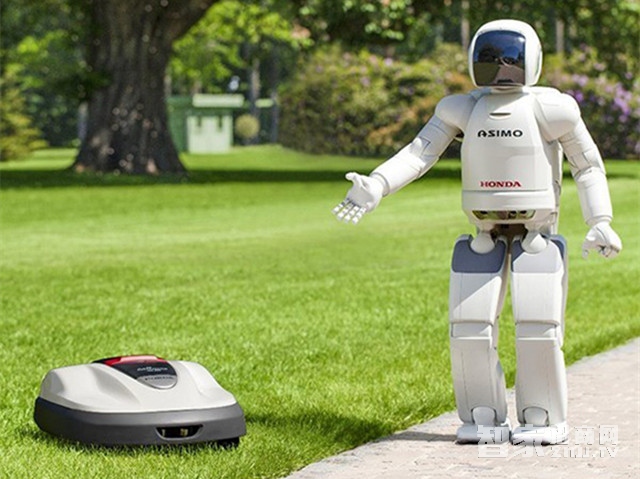As the concept of smart homes becomes more widespread, robots are no longer limited to industrial use but are increasingly making their way into everyday family life. People are becoming more familiar with smart home robots, and many are curious about how this technology is evolving. What is the current state of domestic robot development, and what does the future hold for them? This article will explore these questions in detail, offering insights that may help you understand the growing importance of home robots.

The Growing Market Potential for Home Robots
One of the key drivers behind the growth of the home robot market is the global aging population. In China, the proportion of people over 60 years old is rising rapidly, and by 2021, the number of elderly individuals is expected to exceed 300 million. This presents a significant challenge in terms of care and support. At the same time, the large population base means there is also a substantial number of disabled individuals, increasing the demand for caregivers and assistance tools.
Additionally, the implementation of China’s two-child policy has led to a projected rise in birth rates. As a result, the need for child care and support for young families is also on the rise. Combined with the growing trend of smart homes and increased household income, the home robot market is well-positioned to expand rapidly in the coming years.
Home Robots Attract Industry Attention
The growing interest in home robots has sent strong signals to the industry. With advancements in artificial intelligence and robotics, many companies are now focusing on developing home-based robotic solutions to tap into this booming market.
For example, Sony Japan re-entered the robotics sector in 2016 after a 12-year hiatus. The company's CEO, Kazuo Hirai, emphasized that robotics would be applied beyond just industrial automation. Sony recently announced the launch of its Xperia Hello home robot in Japan, signaling a renewed commitment to the field.
Meanwhile, German robotics giant KUKA, which was acquired by a Chinese group, is also showing strong interest in the Chinese market. Dr. Reiner Bischoff, head of KUKA’s research center, mentioned that the company is focusing on home service and medical robots. With an aging society, KUKA aims to develop robots that can assist the elderly both at home and in factories, such as mobile robots that help with mobility.
Challenges in Domestic Robot Development
Despite the promising growth, domestic robots still face several challenges that must be addressed. One of the main issues is cost. Due to the high demand for advanced sensors, the price of home robots remains relatively high. To become mainstream consumer products, they need to be more affordable. Balancing quality with cost is a major hurdle that the industry must overcome.
Another challenge is technical complexity. Home robots require sensors that can interpret environments and make decisions, which leads to problems like sensor errors and incomplete data. Additionally, as smart home devices become more interconnected, ensuring compatibility and seamless integration between different systems is essential.
The Bright Future of Home Robots
Although there are challenges, the overall outlook for home robots remains very positive. According to data from the International Federation of Robotics (IFR), the use of cleaning robots is expected to grow significantly between 2015 and 2018, with new breakthroughs in global sales. In the next three years, the global market for home service robots is projected to reach $12.2 billion, more than five times the size of the market in 2014.
China’s market is particularly promising due to its vast population and early stage of development. Compared to countries like Japan and the U.S., the penetration rate of home robots in China is still low, meaning there is significant room for growth. The key will be whether manufacturers can deliver innovative, user-friendly products that gain widespread acceptance.
Related Suggestions:
Article: How to Choose a Smart Vacuum Cleaner? These Five Tips Are Essential
Recommended: Today's A Robot - Intelligent Service Robot Xiaoli
Copper Tube Terminals Without Checking Hole
Our company specializes in the production and sales of all kinds of terminals, copper terminals, nose wire ears, cold pressed terminals, copper joints, but also according to customer requirements for customization and production, our raw materials are produced and sold by ourselves, we have their own raw materials processing plant, high purity T2 copper, quality and quantity, come to me to order it!
Copper Tube Terminals Without Checking Hole,Cable Lugs Insulating Crimp Terminal,Cable Connector Tinned Copper Ring Terminal,Tubular Cable Lugs Crimp Terminal
Taixing Longyi Terminals Co.,Ltd. , https://www.txlyterminals.com
